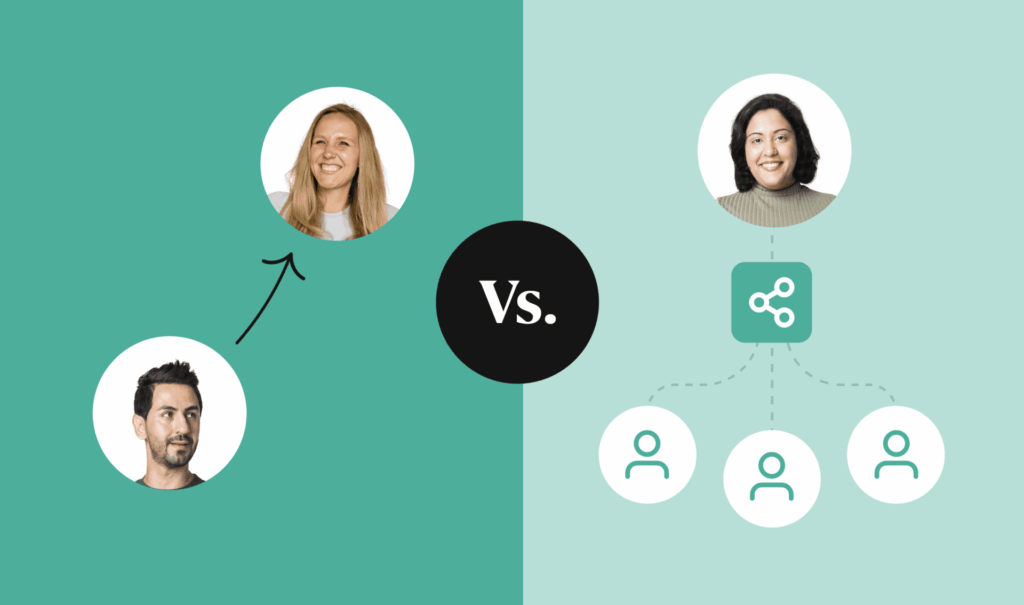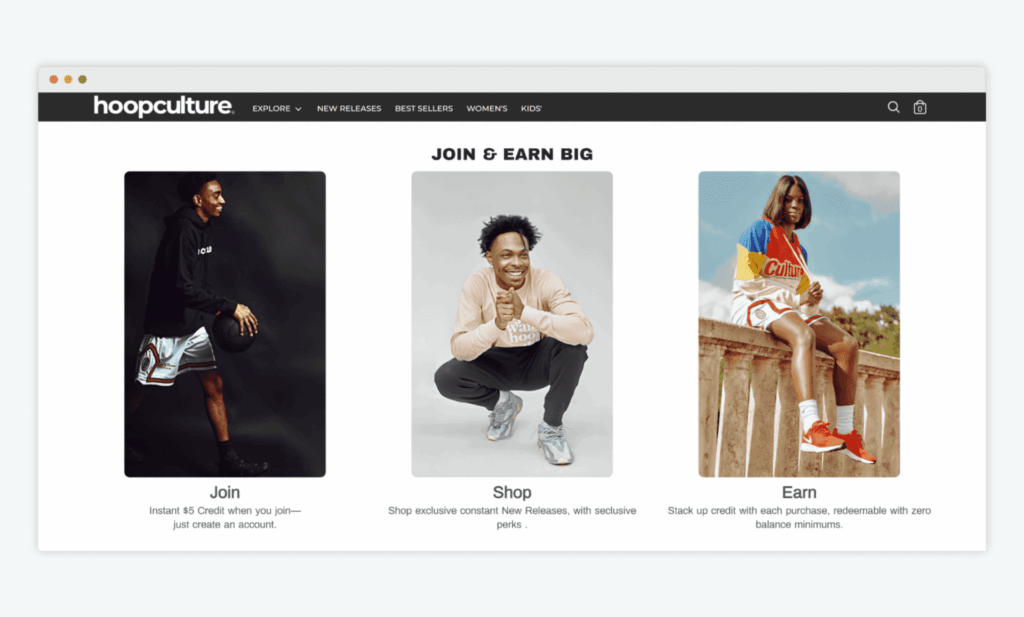If your team is like most teams, you probably track a lot of data. You probably know your annual revenue, your site traffic, how many Instagram and TikTok followers you have, and what are your most popular products – to name a few.
But do you know how much goes into your company’s pocket every time a sale is generated?
Chances are, it depends.
Most of us have multiple pricing tiers, and the more products you have, the greater the pricing variety.
Yet understanding your average order value (AOV) is key to unlocking deeper business insights, which will help you make smarter decisions for growth.
Why it’s Important to Know Your Average Order Value
First, knowing your AOV lets you see trends in the company. Are customers buying more or less? What’s impacting the change?
For example, you might discover that the AOV is higher during a certain season or when purchased by returning customers. Maybe that means you want to invest more in these segments or work on improving the weaker links.
To find out, segment your AOV analytics by:
- New versus returning customers.
- Product categories.
- Months, quarters and seasons.
- Campaigns you run
Second, knowing your AOV helps you understand how much you can invest in generating each customer or sale. This is best done in combination with customer lifetime value, which we’ll cover in an upcoming article.
Meanwhile, analyze:
- How many orders do you need to hit your revenue goal?
- When you strategize selling that many orders, how much do you spend on each sale generation? Aim to spend less than your AOV.
- Is your pricing strategy realistic? Can you reach your revenue goal with your current price or do you need to change it?
Of course, this analysis can be done across all your sales or per segment. If a returning customer’s AOV tends to be higher, consider joining the growing trend to invest more in retention marketing than acquisition marketing.
Either way, it leads us to the most important reason to know your average order value:
- Once you understand where you stand, you can start figuring out how to change it.
Later in the article, we’ll reveal two efficient (though counterintuitive) strategies for increasing your AOV. But first, let’s find out what your AOV is and how it compares to your industry.
How to Calculate Your AOV
While industry benchmarks are great guidelines, what matters most is where your specific company stands and how you can move it forward.
Therefore, let’s calculate your own average order value.
To do that, take your total generated revenue in a period of time (or per customer segment), and divide it by the number of orders.
Total revenue : number of sales = AOV For example:
- If you closed a million dollar in sales last year
- and it took 20,000 orders (not products or customers) to get there,
- your AOV is $50.
You can run the same calculation for each month and quarter, or across the lifetime of your operations.
Two Counterintuitive, But Efficient, Ways to Increase Your AOV
There are many ways to increase your AOV, but we hear over and over again from clients how simple, cost-effective and profitable these two strategies are, even though they might seem counterintuitive at first.
Store Credit Gift Cards
Providing gift cards is one of the most efficient ways to increase your AOV. Seven in 10 people who get a gift card will often spend 20% more in your store than what their gift card is worth, as we previously reported.
Store credit works similarly to gift cards in the sense that the concept of “free shopping money” makes it easier to spend more.
How can you incorporate them in your store?
- Offer store credit instead of a refund: As we shared here, when our client Dottie Couture switched from refunds to store credits, it not only decreased return costs by 42%, but actually led to customers buying 300% more than the value of their initial purchase.
- Target everyday gift buyers: Buying gifts can be hard, but buying a gift card is easy. On your end, you’ll make money off the initial gift card sale, then more money from at least some of the gift card receivers, who’ll be coming to shop for free and end up adding a payment of their own.
- Give customers gifts from the store to encourage shopping: We all remember Q4 of 2020 – holidays amidst a pandemic. Our client, Dr. Squatch, decided to bulk-issue $287,000 worth of store credit to engage its customers during these challenging months. Approximately one in three customers who received store credit redeemed it. Most customers who redeemed it ended up spending more than the store credit they received, meaning Dr. Squatched generated more than $197,000 in revenue.

Loyalty Program
To scale your results further, focus on increasing average order value from loyal customers – by rewarding them for their loyalty.
- Celebrate desired customer behavior, such as purchasing above a certain amount, or referring friends who purchase above a certain amount. Customers might be tempted to spend a little more than intended to get the promised gift. When our client Milk Bar tried this strategy, it enjoyed a 9% increase in AOV.

- Provide gifts for special occasions, such as first purchases, holidays and store anniversaries. Customers see it as a risk-free opportunity to test your products, and some will likely be less hesitant to spend when they get part of the purchase for free.
- Reward loyalty: Give gift cards for free to customers who subscribe to your email list, follow you on social media or make a certain amount of purchases every month. You could require action on their part (like acquiring an extra email subscriber or paying customer for you), or just reward them for being part of your tribe.
Increase Your AOV to Increase Your Bottom Line
We usually can’t change what we don’t know. Therefore, take time to figure out your AOV, then strategize ways to increase it. You don’t have to do it all at once, just take some action as soon as possible to get the ball rolling.
You’re already investing a lot – in marketing, human resources, you name it – to generate sales. Might as well get a better return on your investment.



